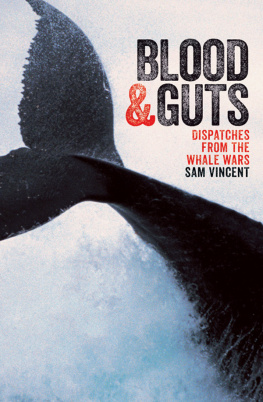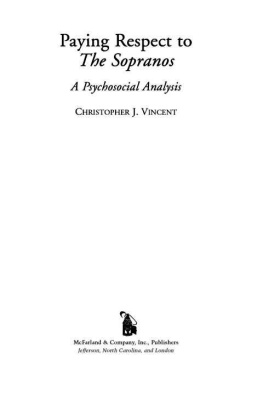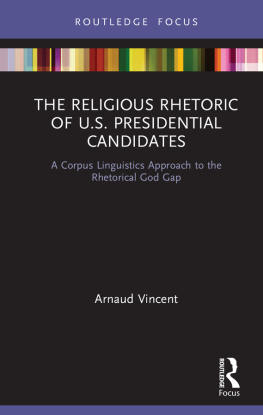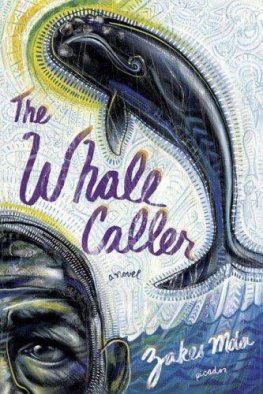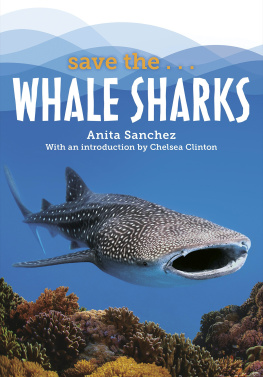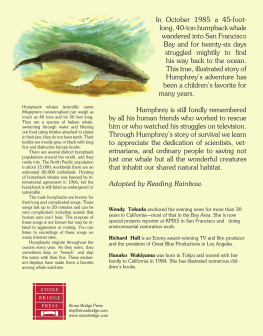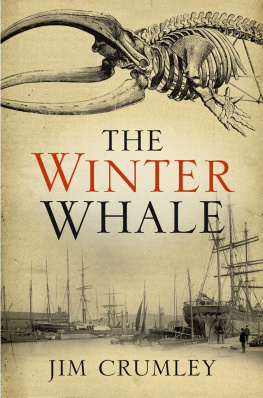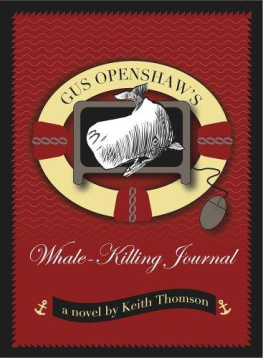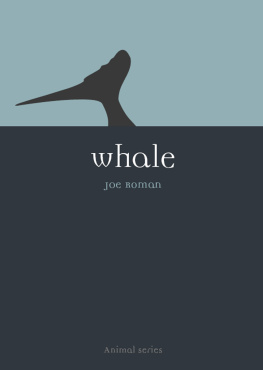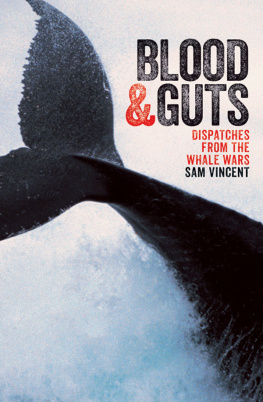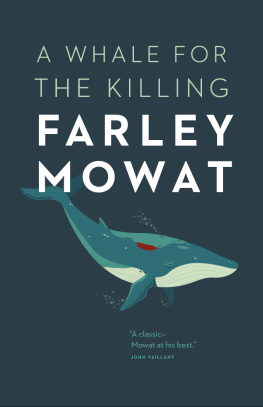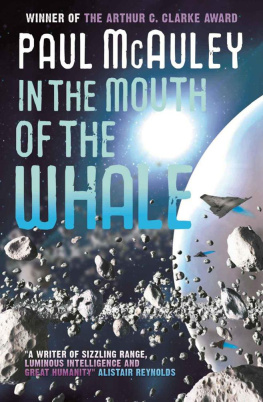Published by Black Inc.,
an imprint of Schwartz Publishing Pty Ltd
3739 Langridge Street
Collingwood Vic 3066 Australia
email:
www.blackincbooks.com
Copyright Sam Vincent 2014
Sam Vincent asserts his right to be known as the author of this work
All Rights Reserved.
No part of this publication may be reproduced, stored in a retrieval system, or transmitted in any form by any means electronic, mechanical, photocopying, recording or otherwise without the prior consent of the publishers.
The National Library of Australia Cataloguing-in-Publication entry:
Vincent, Sam, author.
Blood & guts : dispatches from the whale wars / Sam Vincent.
9781863956826 (paperback)
9781922231659 (ebook)
Sea Shepherd (Ship)Anecdotes. Animal rights activistsAnecdotes. WhalingLaw and legislation. WhalingEconomic aspects. WhalingPolitical aspects. WhalingJapan.
338.372950952
Cover design by Peter Long
Cover photograph by Michael Nichols, National Geographic
I.M.
Bob Balderstone
AUTHORS NOTE
Japans scientific whaling establishment is made up of several instruments. To avoid confusion, I explain them briefly here. The Fisheries Agency is the government department that finances the hunting of whales under research pretensions. Kyodo Senpaku is the company it employs to catch these whales and to sell the by-product as meat. The Institute of Cetacean Research is the body that purports to analyse the catch scientifically.
The ICRs JARPA, which stands for the Japanese Whale Research Program under Special Permit in the Antarctic, ran from 1987/88 to 2004/05; the second phase of the program (JARPA II) began in 2005/06 and ended in 2013/14. Its domestic equivalent is JARPN, or the Japanese Whale Research Program under Special Permit in the North Pacific, which ran from 1994 to 1999; JARPN II began in 2000 and is ongoing.
Except where stated, money amounts in this book are given in Australian dollars. Finally, the names of certain people have been changed for privacy reasons.
WHALE HUGGERS
NEPTUNES NAVY
The Salvation Army band is playing Jingle Bells when the Brigitte Bardot, looking like a floating fighter jet, opens its hatch. Auckland is unusual in that its harbour is located downtown; eco-pirates are more interesting than the Salvos, so the Bardot soon attracts a small crowd of onlookers.
Named for the French actress turned animal rights activist, the Bardot is a high-speed trimaran belonging to the Sea Shepherd Conservation Society, a vigilante marine-protection group whose members are considered eco-terrorists by the Japanese government. Captained by the Canadian Paul Watson, Sea Shepherds vegan fleet, Neptunes Navy, espouses nonviolent direct action in a bid to stop whalers, sealers and illegal tuna and shark-fin fishermen. After clashing with a Norwegian Coast Guard vessel during an anti-whaling campaign off that countrys north coast in 1994, Watson was labelled a pirate by the local press; ever since, Neptunes Navy has proudly sailed under a modified Jolly Roger, with a skull resting not on crossbones but on a trident crossed with a shepherds crook.
The Bardot displays two such flags: one rippling above its stern, the other painted in a mural on its bow, clasped by a young Bardot herself, arms outstretched like Superwoman as she flies across the waters surface. In her spare hand Bardot holds a trident; two daggers are stuffed down her knickers.
I pick up my duffel bag and push through the throng of kids with scooters and their intrigued parents. The Bardot is in Auckland to ferry newly recruited volunteers to a secret location in international waters, where Watson, in hiding since he fled house arrest in Germany four months earlier, has recently emerged to take the helm of Sea Shepherds flagship, the Steve Irwin.
Ive arranged to live with the crew of the Steve for three months, as they embark on what has become an annual game of cat and mouse with Japans government-run Antarctic whaling fleet. For the past seven summers Sea Shepherd has brought its unique brand of coercive conservation to Antarctica, ramming Japanese whaling vessels with its own, deploying prop foulers to entangle and disable these ships propellers, and responding to drenchings from the whalers water cannons with volleys of paint bombs and verbal abuse (and even, at one time, canisters of butyric acid: stink bombs likened to rancid butter). Sea Shepherd claims the whalers are poachers of the Southern Ocean Whale Sanctuary, a 50-million-square-kilometre protected area; the Japanese government doesnt recognise the sanctuary and claims to be legally whaling for scientific research under the auspices of the International Whaling Commission (IWC), the global body that regulates the killing of whales.
For Australians, media coverage of the whale wars evokes summer as much as leftover turkey sandwiches and Christmas cake. Its a familiar story of the struggle between good and evil: NGO eco-warriors pitted against the might of the Japanese state; majestic giants of the deep pursued by industrial weaponry; the pristine Southern Ocean running red with blood.
But beyond this simplistic version of events, I want to know who these self-mythologising pirates are, and what motivates them to pursue what is, environmentally, a relatively low-impact hunt in some of the most perilous waters on Earth; why Japans government doggedly continues to bankroll a highly unprofitable program; and how Australia became the most vocal anti-whaling nation of all. In a theatre rarely seen by objective eyewitnesses, I want to know exactly what happens when the two fleets engage in their much-hyped naval jousts. Most of all, I want to know why whales have become a flashpoint for diplomatic, cultural, economic and environmental tension.
With four ships, five inflatable boats, one helicopter, two drones and 120 crew representing twenty-four nationalities Operation Zero Tolerance is to be the biggest campaign of Sea Shepherds thirty-five-year history. The campaigns objective, an email informed me before I left Australia, will be to intercept and intervene against the intent of the Japanese whaling fleet to murder 1035 whales in the Southern Ocean Whale Sanctuary.
Fellow newcomers to the campaign embarking in Auckland are Tod, a nerdy Asian-American computer programmer from New York; Olav, a German father of three who wears a whale-fluke pendant around his neck; Bruce, the Steves Seniors Cardcarrying third mate; Gav, an acne-scarred animal rights activist from Phillip Island; and Giacomo, a Berlin-based Italian photographer on assignment for a Manhattan PR agency (whose brief is to make Paul Watson appear like a superhero).
With his short-back-and-sides haircut and grey nomad uniform of jeans, polo shirt and gleaming white sneakers, Bruce doesnt fit my vegan vigilante stereotype for Sea Shepherd converts. While the crew of the Bardot takes on food supplies, I ask him why he signed up.
Ive always been interested in conservation, so given my skill set [10,000 nautical miles of racing yacht navigation], this was a natural progression, he says. Paul needed a new third mate; Im retired and the kids have left home, so I thought: Bugger it, why not? When I mention Im not a volunteer but a writer, Bruces wrinkles scrunch into a smile. Aha, so youre here to win us the war!
Sea Shepherd has been criticised for feeding the media misinformation and for dramatising accounts of clashes on the high seas to further its cause. Watson is infamous for embellishment; he once wrote: Surviving in a media culture meant developing the skills to understand and manipulate media to achieve strategic objectives. The issue of whaling is purely academic unless high drama is introduced to make it newsworthy.

